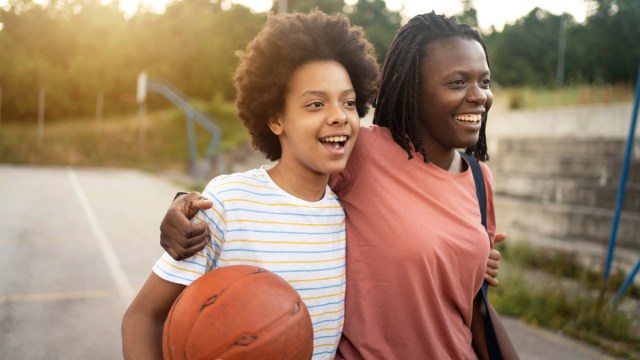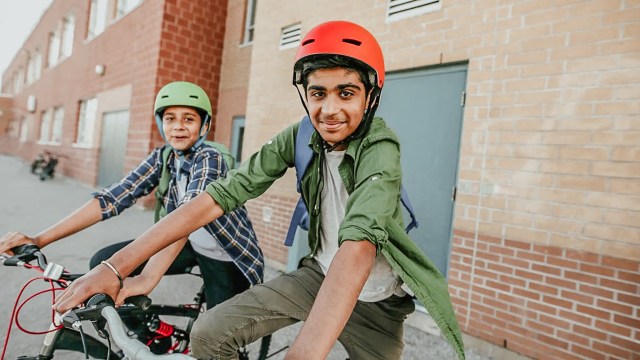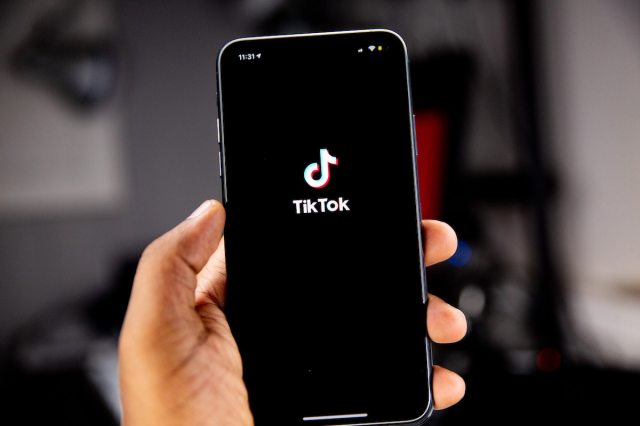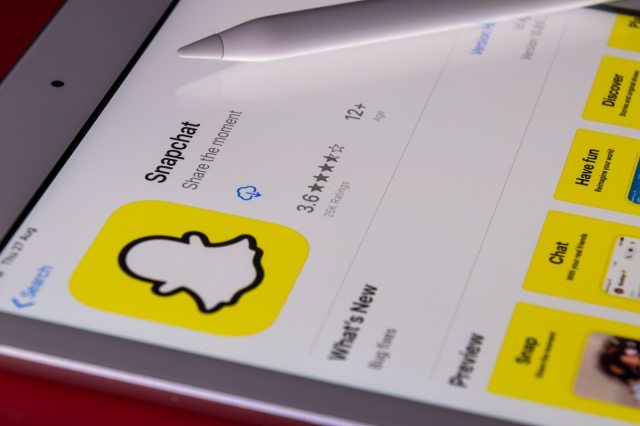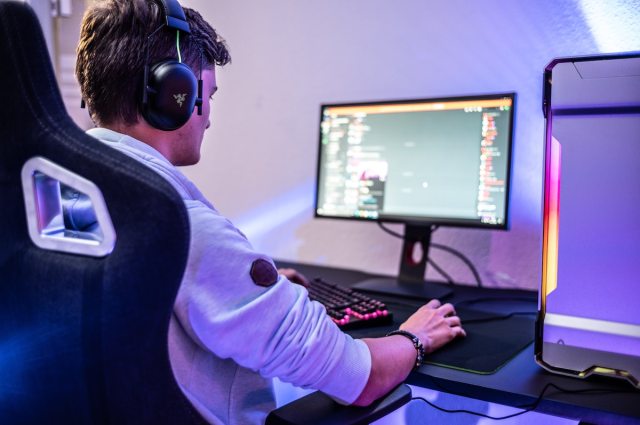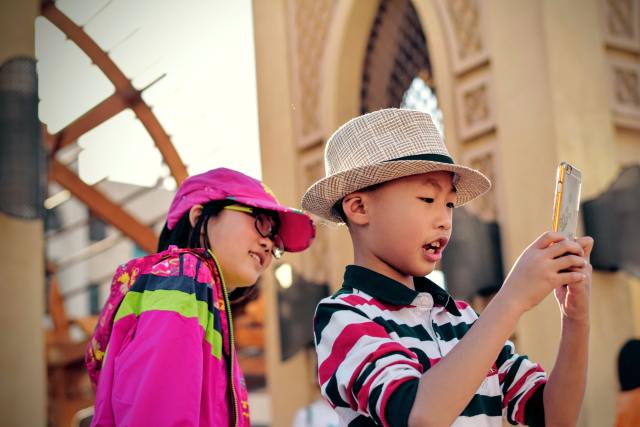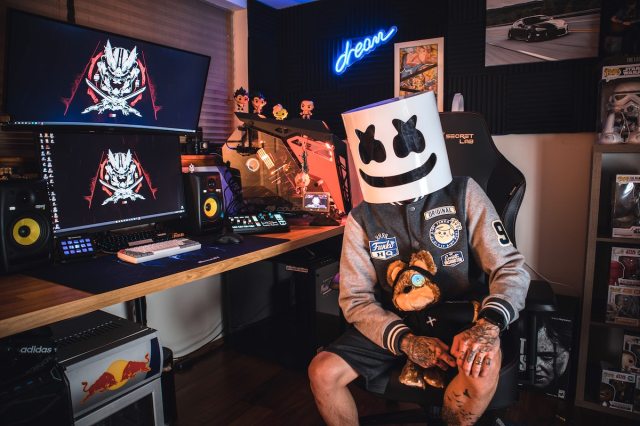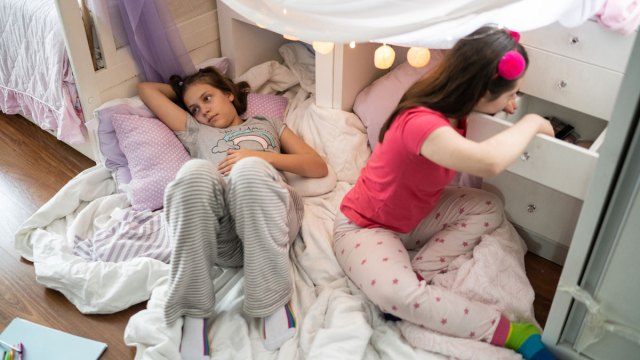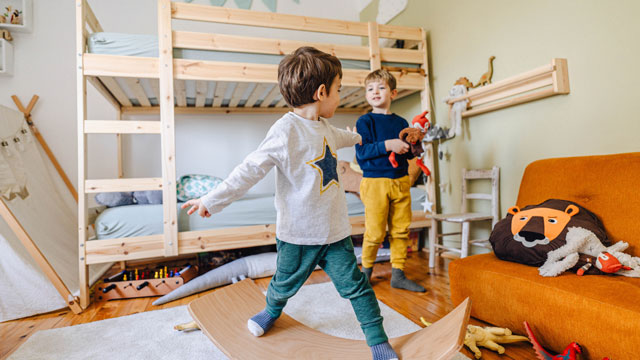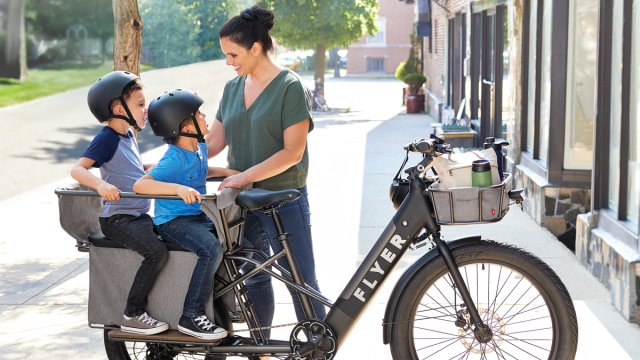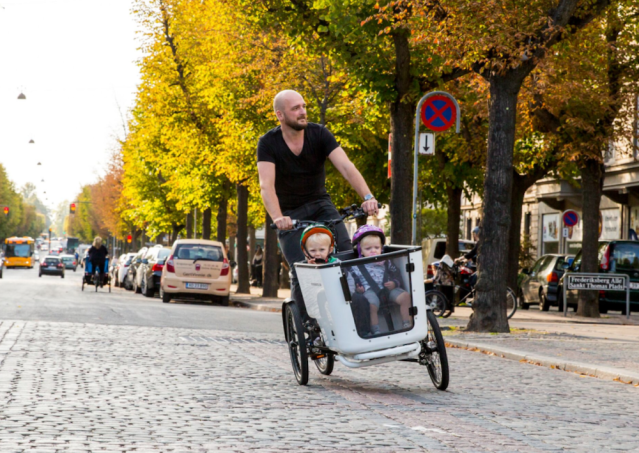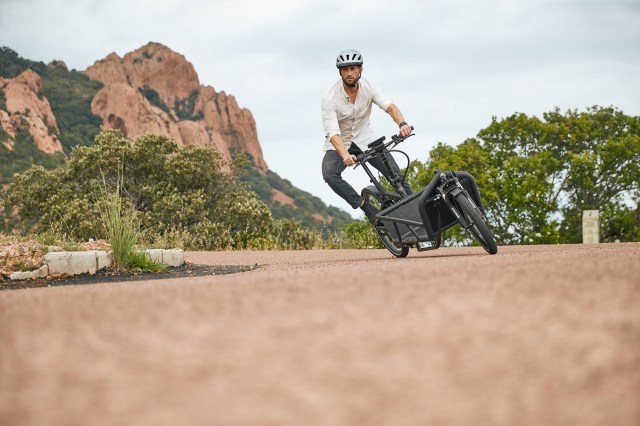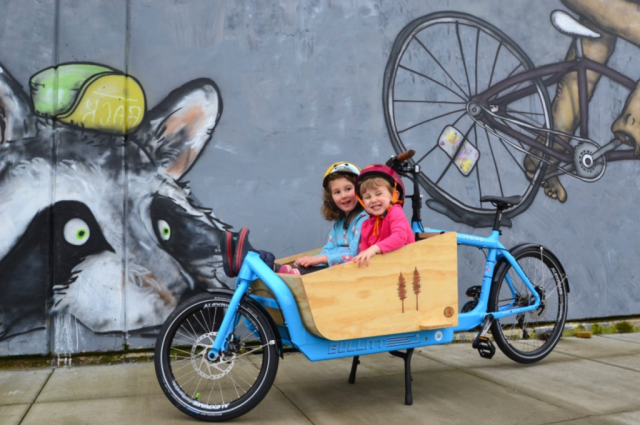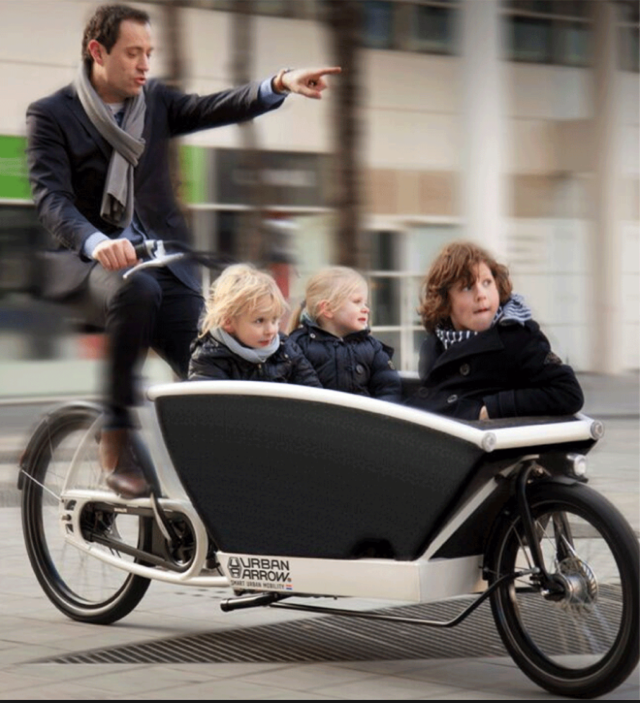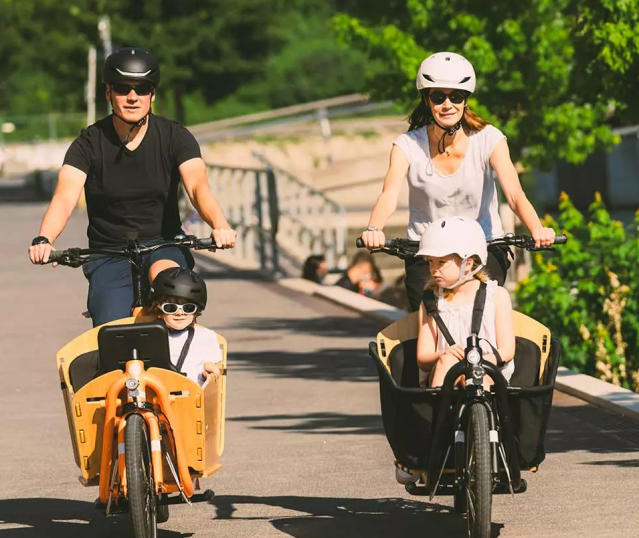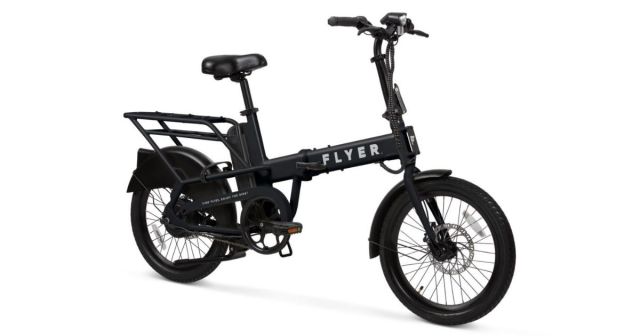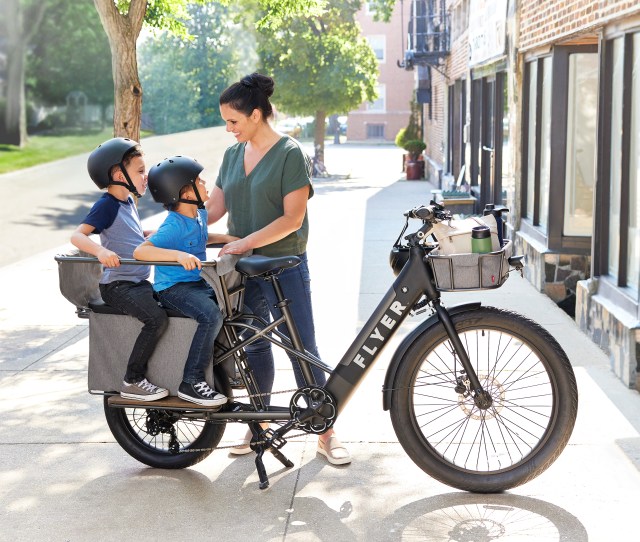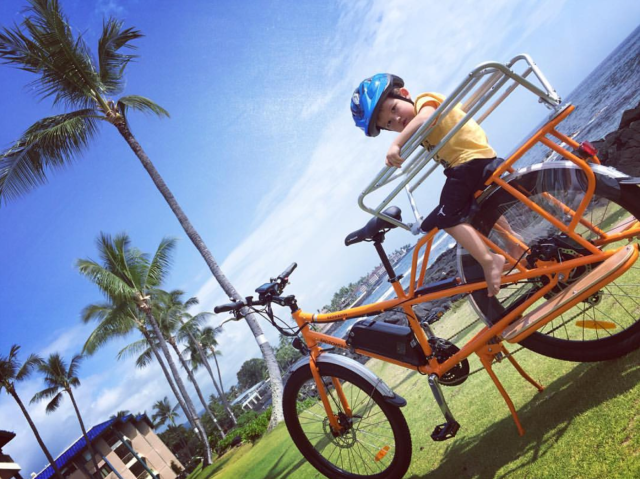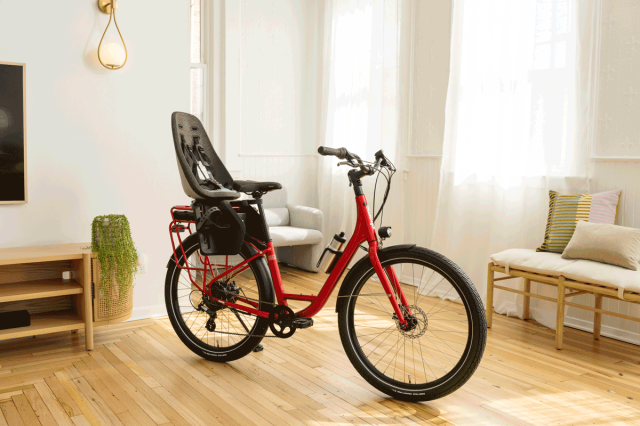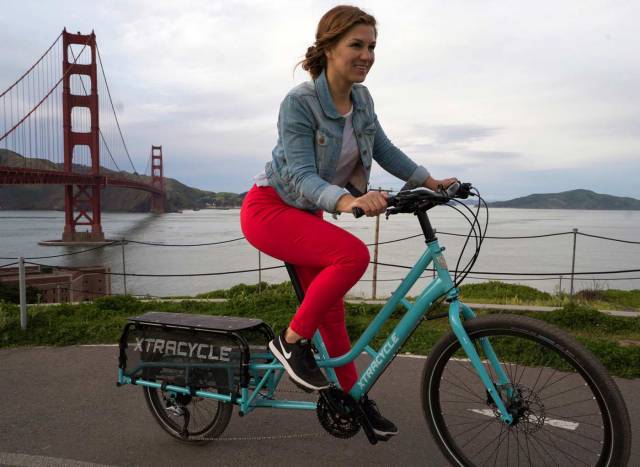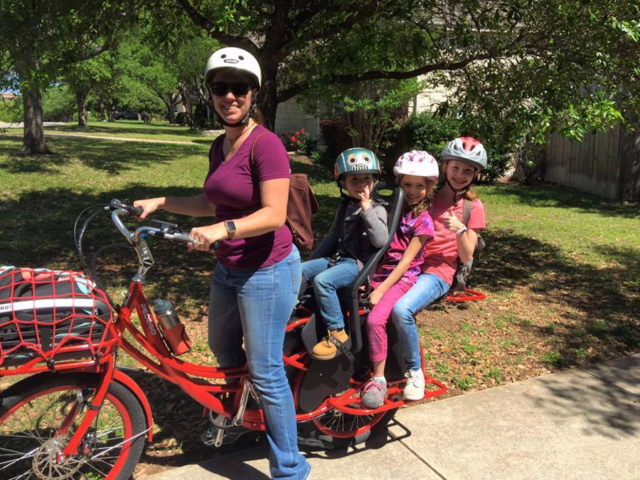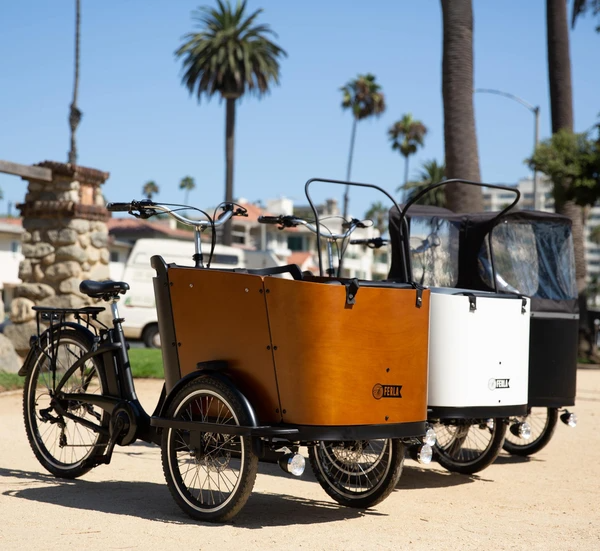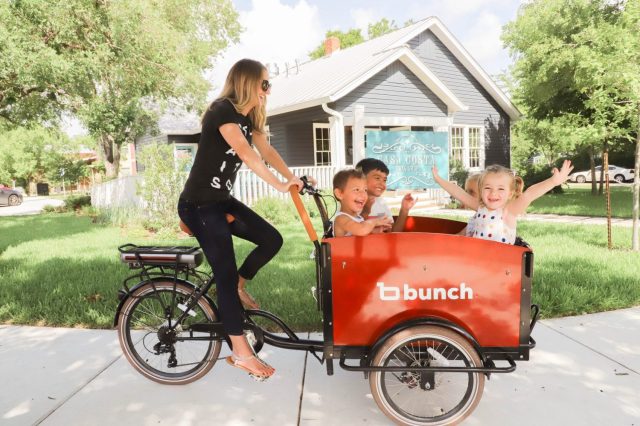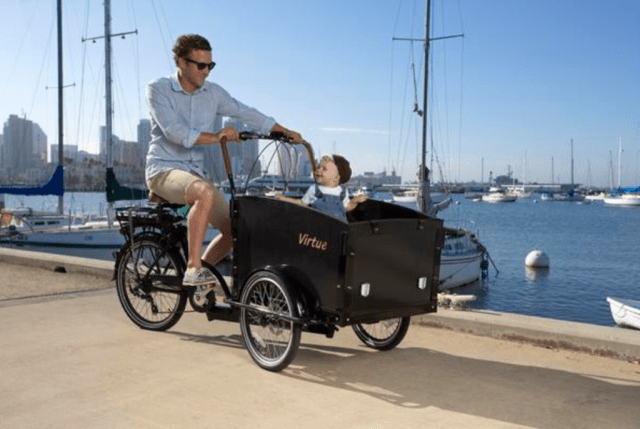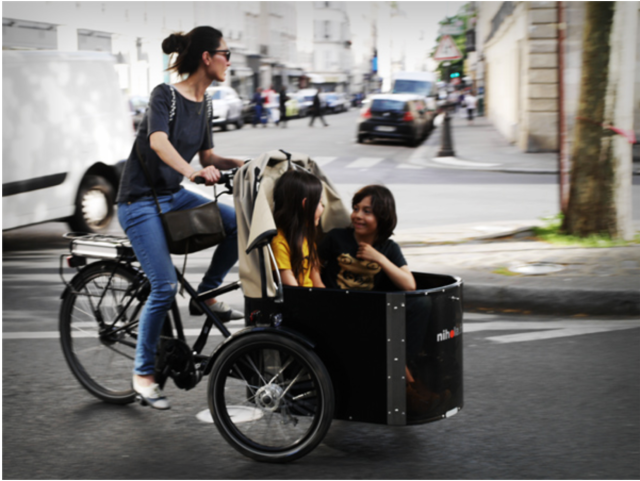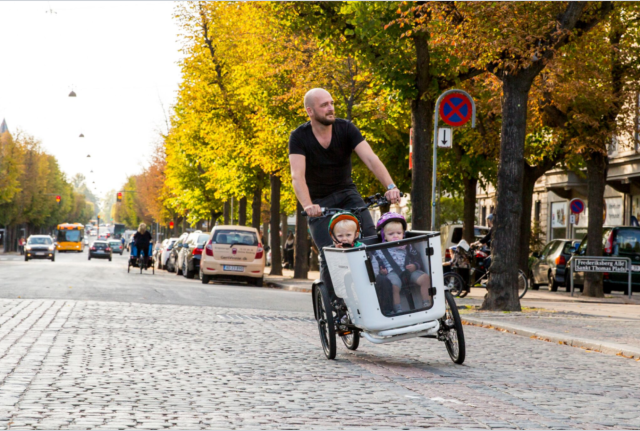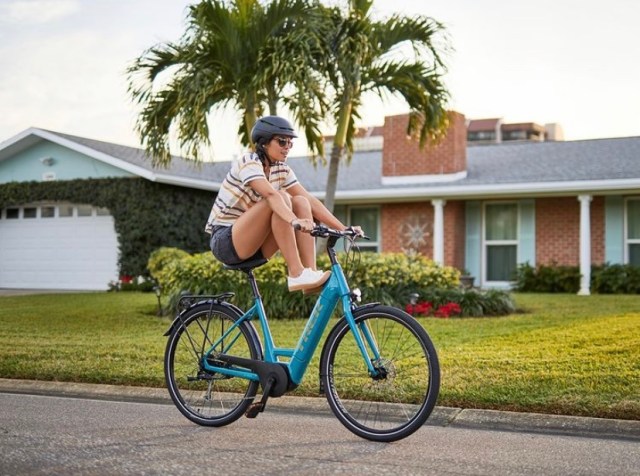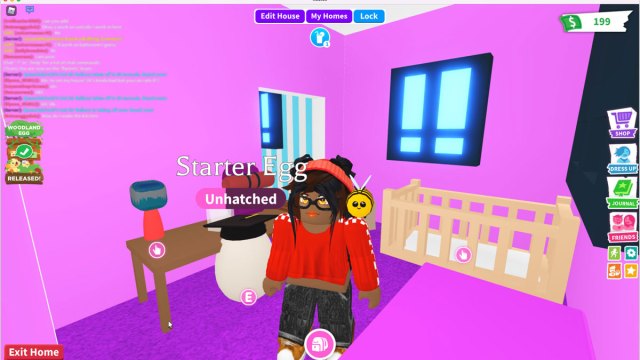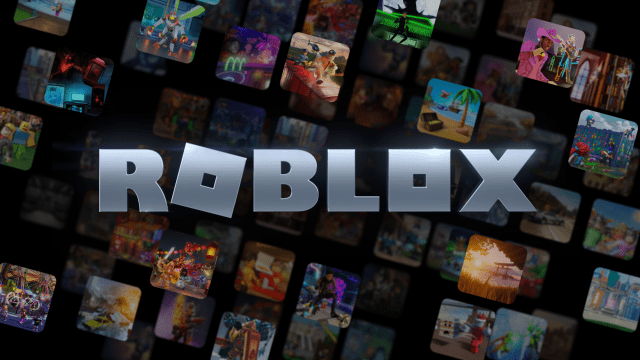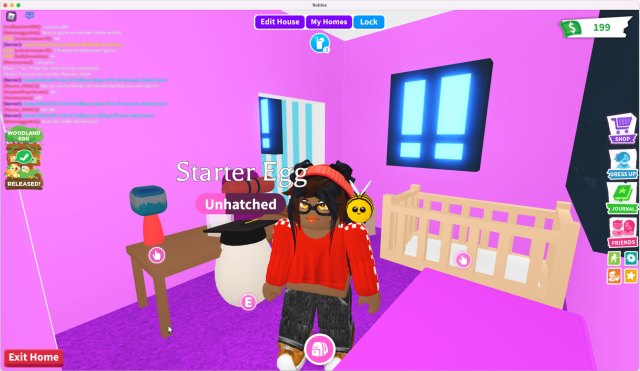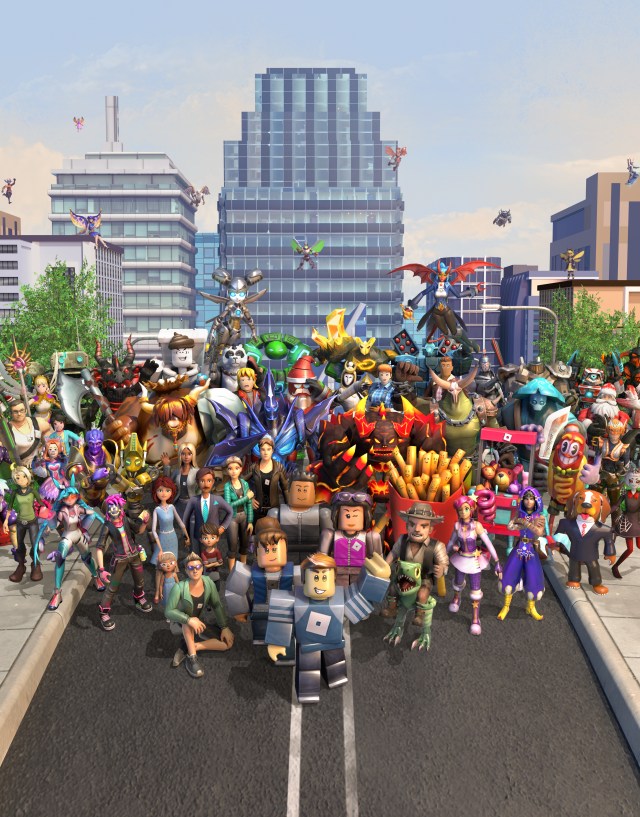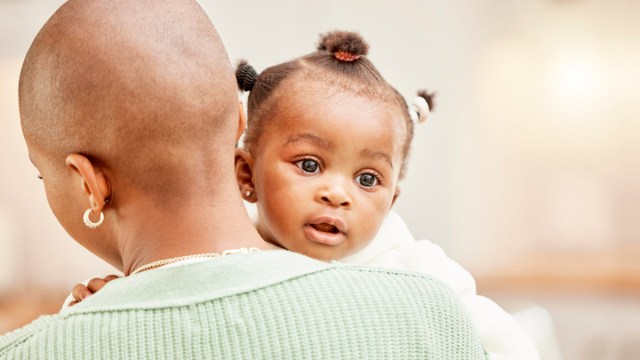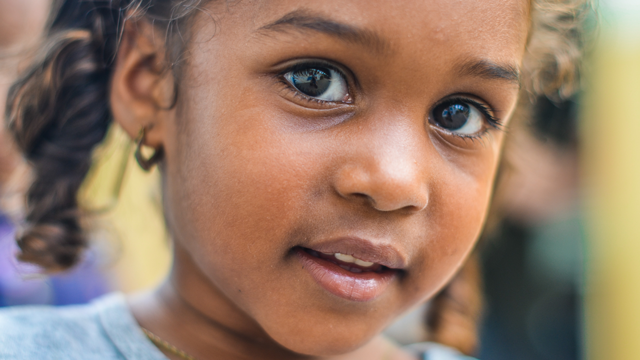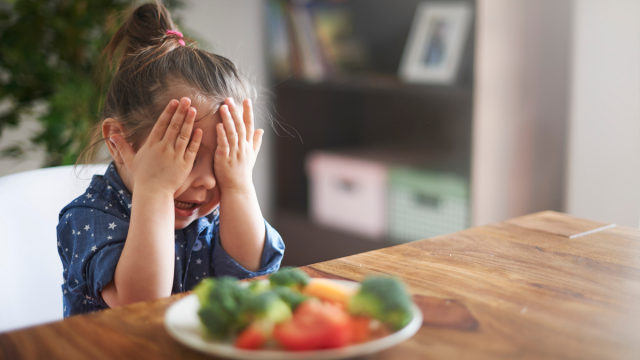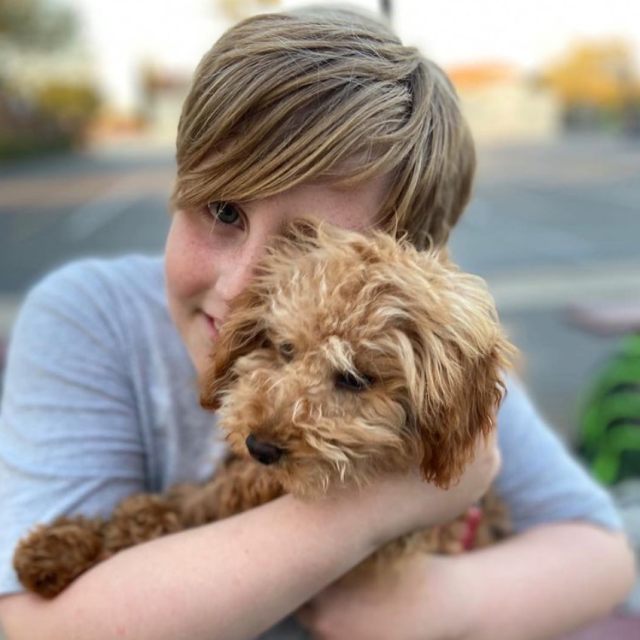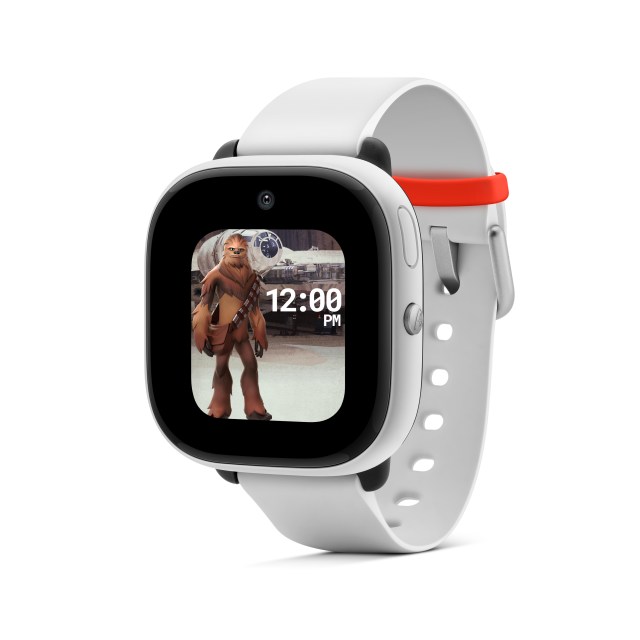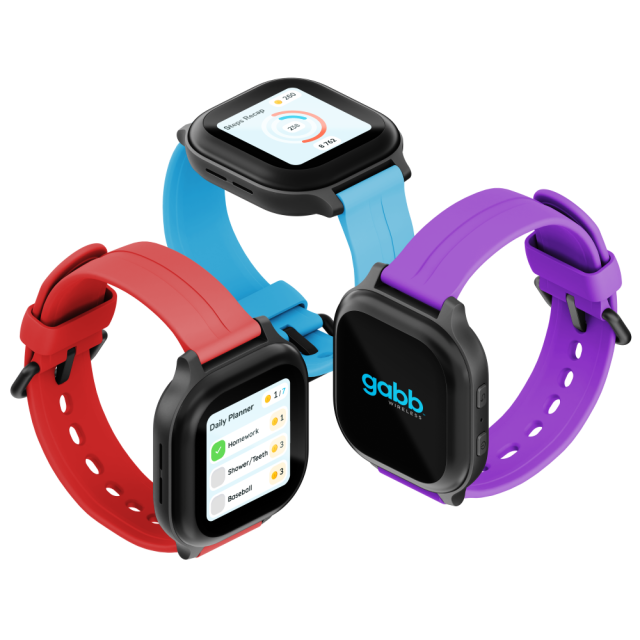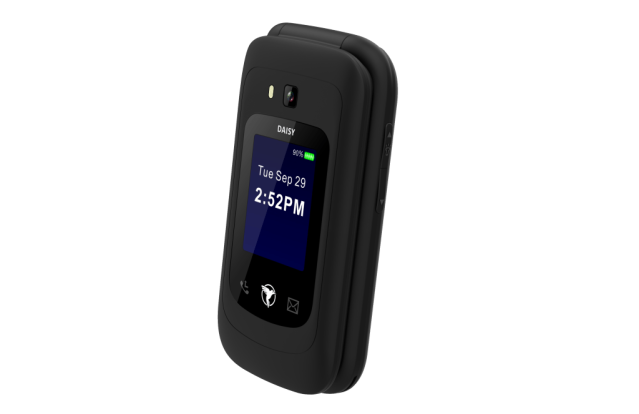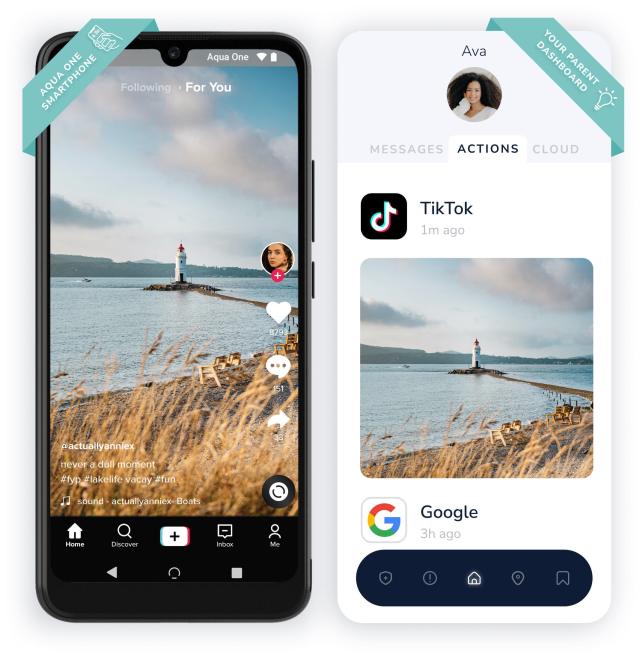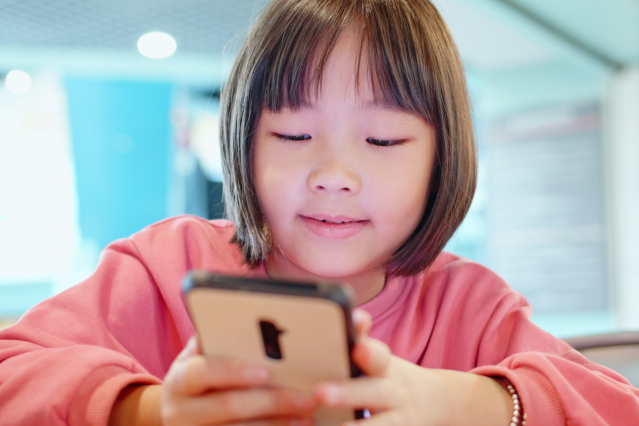Parenting tweens and teens comes with its own unique set of challenges—from when to let your kiddo get their ears pierced to ongoing debates about access to smartphones and supporting them as they deal with the highs and lows of adolescent social lives. Because they’re deep in the trenches of figuring out who they are, it can be tough to keep tabs on their ever-evolving interests, friend groups, and behaviors. That’s where natal astrology can come in handy. While their sun sign—aka the zodiac sign that the sun was moving through when they came into the world—is just one piece of the multilayered puzzle that is your child’s birth chart, it can offer you valuable intel into what makes them tick because it speaks to their core identity, self-image, and confidence.
As an astrologer and the author of Raising Baby by the Stars: A New Parent’s Guide to Astrology, I’m passionate about teaching parents how to use astrology to gain more insight into their child’s distinct perspective. This helps you hold space for your adolescent to evolve into their most centered, self-assured selves. So let’s dive in and look at each sun sign to explain how it colors your big kid’s personality and how you can best support them.
Aries (March 21-April 20)

The sign of the Ram is ruled by Mars, the planet of action and energy, which means your Aries kid has a surplus of beans to burn through. They tend to be drawn to all kinds of physical activity, so they might be super involved in school or community athletics or eager to do their own thing, whether it’s going for runs or riding bikes with friends. Their competitive nature means they love any pursuit where someone is declared #1. As the cardinal fire sign, they’re innate go-getters who have a big-picture vision of what they want to achieve, from straight As to being voted class president. As driven as they may be, Aries is the first sign or “baby” of the zodiac. In other words, they’ll exhibit a wide-eyed, innocent sense of wonder that lasts well beyond their younger years, so expect to enjoy being playful and laughing a lot with your dynamic Ram. You’ll just need to watch out for the fact that their tendency to move at a face pace can mean they’re apt to be impulsive. Encouraging them to slow down and get grounded before making, well, just about any move will benefit them tremendously now and down the road.
Taurus (April 21-May 20)

Born under the sign of the Bull and ruled by Venus, the planet of luxury, art, and beauty, you’ve probably noticed that your Taurus kid is an unhurried, grounded creature of habit. Sure, that might be another way of saying stubborn, but take heart from the fact that they’re far from the only fixed sign. (The others are Leo, Scorpio, and Aquarius.) Their fixed nature does make them obstinate at times; they’ll dig their heels in when it comes to taking the same lunch to school every day or wearing that one pair of jeans over and over again. But try to bear in mind that they do this because they’re extremely protective of anything that brings them a sense of comfort and security. And there is a silver lining to being the fixed earth sign: Your kiddo is truly pragmatic and resolute. Once they’ve made up their mind to try out for the soccer team or learn how to play the clarinet, they’ll stick to it. Taureans are also known for moving at their own often-snail-like pace and nudging them to hurry up may backfire. One of the best ways to bond with your Bull is enjoying a leisurely activity out in nature, like a curated picnic with lots of yummy, gourmet bites or a walk through the botanical garden.
Gemini (May 21-June 21)

We’re sure you’ve already noticed just how much your tween or teen adores lively conversation and witty banter, given that this mutable air sign is ruled by Mercury, the planet of communication, transportation, and technology. They’re naturally buzzy, curious, and supersocial. They’re also apt to explore their writing talents and collect and devour a treasure trove of books. Even if they don’t grow up to be a journalist or publicist one day (though they very well may!), your big kid born under the sign of the Twins thrives on taking in and disseminating information. Heads-up: This could mean they are prone to gossiping or getting in trouble for talking too much in class. But their super-communicator skills can also be channeled toward academic and extracurricular success, whether they’re on the yearbook staff or leading the debate team to a state win. When it comes to bonding, you might find that they prefer to connect in a cerebral way, perhaps by talking about the news, watching Jeopardy, or doing a crossword puzzle together. And don’t be surprised if they’re warm and fuzzy one minute, then standoffish the next. Sure, hormones are partly the culprit, but Gemini is also known for its dualistic nature and ability to vacillate between two distinct personality traits.
Related: Your Parenting Style, Based on Your Astrological Sign
Cancer (June 22-July 22)

Born under the cardinal water sign ruled by the moon, which influences emotions and intuition, your Crab tween or teen is deeply sentimental, nurturing, and loving—but also perhaps a bit reclusive when they’re in their feelings. Whereas other kids might be eager to fly the coop ASAP and spend lots of time at their friends’ houses or involved in extracurriculars for hours after school, your Cancer kid is likely happiest and most at peace when they’re at home, surrounded by family. This isn’t to say that they won’t get involved at school or hang with close friends—they are the cardinal water sign, after all, which means they’re also initiators and ambitious go-getters at heart. But getting enough quality time with you and other loved ones is integral to their overall well-being, and holding that in mind could make a world of difference for their confidence and sense of self and purpose. It’s also wise to remember that they’re quite sensitive and can be moody (yep, even more so than your average adolescent) because they’re ruled by the changeable moon, which switches signs and sets a different emotional tone every two-ish days. Connecting with them through homey, cozy experiences like baking, caring for a pet, or planning a family reunion together will make their hearts sing.
Leo (July 23-August 22)

As the fixed fire sign ruled by the vitality-giving sun, your Lion is vivacious, charismatic, optimistic, self-assured, creative, and lots of fun to be around—but also super ambitious, running the risk of being a bit bossy. A born leader and lover of the spotlight, one of your Leo kid’s greatest lessons in life will be to own their confidence without treading into narcissistic, vain, or domineering territory. You can support this by celebrating their ability to love themselves and empower others while teaching them about humility and empathy. Because they adore a round of applause and are so innately self-expressive, they’ll be quick to sign up for drama club, film or dance classes, or any extracurricular where they can woo an audience or run the show. Like all of the fixed signs, they tend to get super, well, fixated on particular game plans and outcomes, so you might need to talk to them about the benefits of being adaptable and capable of pivoting when a situation simply isn’t working out. You’ll find you can best connect with your Leo through playful, upbeat, fun-loving activities, like impromptu dance parties in the kitchen, trips to the beach (they love to soak up the rays of their ruler, the sun), or writing and performing a funny play together.
Virgo (August 23-September 22)

Born under the mutable earth sign ruled by Mercury, the messenger planet that oversees information-gathering and communication, your tween or teen is thoughtful, detail-oriented, helpful, analytical, sensitive, and an adept storyteller. As a result of their mutability, your Maiden kid is adaptable and eager to try their hand at different activities, whether that’s softball one year or piano lessons the next, but you’ll also find that they struggle with indecisiveness. Empowering them to trust their intuition and inner knowing and lean on practices like mindfulness can be incredibly helpful, especially because—as such a cerebral, Mercury-ruled person—they’re often in their heads, prone to overthinking and second-guessing. They might be quite shy or very outgoing (depending on other placements in their birth chart), but either way, they’ll want to connect with peers who share common interests. These kids are also so intellectually curious that they tend to enjoy school work more than the average adolescent, so you’ll do well to support their academic pursuits—while encouraging them to steer away from perfectionism. You’ll connect with your Virgo by learning something new together, trading factoids about their favorite subjects (be that STEM, history, or sports), and tackling everyday to-dos together (something organization-loving Virgo finds grounding).
Related: The Best Activities for Toddlers, Based on Their Astrological Sign
Libra (September 23-October 22)

Thanks to their planetary ruler, Venus, which oversees relationships, beauty, and art, your Libra kid is a total social butterfly with a keen eye for beauty. They could be drawn to a wide variety of artistic outlets, from dancing to painting, but they’re also bound to be particularly eager to express themselves through their wardrobe and, as they get older, their beauty or grooming routine. Symbolized by the Scales, Libras prize balance and justice above just about anything else, so you’ve probably noticed that your tween or teen is quick to diffuse or steer clear of any arguments that may pop up in the house. They attempt to avoid conflict at all costs. But as lovely as their peacemaking nature can be, they do run the risk of expressing their challenging feelings in a passive-aggressive way, so you’ll do well to teach them that difficult emotions, like anger or aggravation, are healthy to acknowledge and work through. This can be a particularly valuable lesson as they navigate social situations, especially one-on-one relationships, which they put even more value in than your average adolescent (because of their association with the Seventh House of Partnership). For this reason, you could find that some of your sweetest bonding moments come when you’re hanging out just you two, enjoying an aesthetically pleasing experience like checking out an art exhibit or visiting a pretty vacation spot.
Scorpio (October 23-November 21)

Born under the sign of the Scorpion—the fixed water sign—your tween or teen is dynamic, magnetic, a bit mysterious, emotionally intelligent, intense, ambitious, sometimes aloof, and brimming with a formidable inner power that can make them utterly fearless and unstoppable. These traits are owed to Scorp’s co-rulers: their traditional ruler is Mars, the planet of action and energy, while their modern ruler is Pluto, the planet of transformation and power. In turn, Scorpio kids may be eager to check out student government, play a high-intensity sport (they could be into competitive swimming, as a water sign, or hockey), or try their hand at writing poetry. As one of the fixed signs, they also tend to be set in their ways, whether that’s hanging out with the same friends they’ve had since toddlerhood (hey, they’re very loyal) or continuing to put their nose to the grindstone to pursue a goal they set when they were in kindergarten. Basically, once they’ve made up their minds, it can be extremely challenging to get them to consider—let alone accept—change, which could be fuel for head-butting. And when they’re working through challenging emotions, you can expect radio silence. In these cases, your best bet is to give them plenty of space to work it out, reminding them that you’re there for them whenever they’re ready to talk. Regularly visiting your nearest body of water to walk, take artistic photos, and chow down on a yummy meal together can be therapeutic for your adolescent Scorp—and set the stage for meaningful bonding.
Sagittarius (November 22-December 21)

Born under the mutable fire sign Sagittarius, your tween or teen is free-spirited, unfiltered, philosophical, fun-loving, funny, and full of wanderlust. Ever since they were tiny tots, we’d bet they’ve entertained you with their big, buoyant personality. Now, as an adolescent, your Archer is bound to be even louder and more gregarious, eager to make the most of life and believing that bigger is usually better (thanks to their ruling planet, Jupiter, which is not only the largest planet in the solar system but one that oversees fortune and abundance). This “more, more, more” perspective could translate to your Sag having a lot of fun wearing over-the-top outfits or enjoying pastimes like comedy that involve entertaining others, signing up for a bevy of diverse extracurriculars (at the risk of probably spreading themselves too thin), or opting to get out in the world and see and do as much as possible. This is one kid who needs to explore and break free from their mundane, everyday routine in order to grow and thrive. While this can’t always involve the globe-trotting they likely daydream about, you can nurture their adventurousness by encouraging them to learn another language or try different types of global cuisine. You’ll find you can easily bond by getting out of your comfort zones as a family.
Related: The Parent/Child Astrology Compatibility Chart
Capricorn (December 22-January 21)

Born under the cardinal earth sign and ruled by taskmaster Saturn, which oversees commitment and boundaries, your Capricorn tween or teen is serious, goal-oriented, pragmatic, industrious, and jaw-droppingly mature beyond their years. In fact, they might have been talking about college applications and their ideal career trajectory well before their peers. Even if they’re not that laser-focused on their future, it does bear noting that their cardinal quality makes them quite driven and eager to take the initiative to make ambitious aspirations their reality. This trait also sets your Sea Goat kiddo up nicely for being a leader among their friends and peers. They’ll often be the one who proposes starting a new club or entering an academic competition. Unlike fellow cardinal sign Aries, for instance, you’ll notice that your Cap is perfectly fine working toward their goals at a steady, unhurried pace. In fact, they prefer to always have a clear objective and step-by-step game plan or they feel a bit lost. They might also struggle to let loose, move through big emotions, and accept their own mistakes, particularly because they dread the possibility that they may look “foolish.” In turn, you’ll do well to work with them on self-acceptance and embracing “oops” or emotionally intense moments as opportunities to grow and learn. And when it comes to bonding with your Capricorn, you’ll do well to suggest activities that involve working a little bit at a time toward a larger goal, like gardening, tackling an elaborate LEGO project, or learning about investing and saving together.
Aquarius (January 22-February 18)

Traditionally ruled by taskmaster Saturn, the sign of the Water Bearer is also influenced by game-changing Uranus, its modern ruler, producing a tween or teen that can be both resolute and rebellious. They’re also science-minded, super-social, independent, free-spirited, humanitarian, and fired up to strike out against convention. A born people person, you’ve probably noticed that they’re able to make friends with anyone and everyone, yet, as a fixed sign, they do have certain VIPs who they’re closest to. Their fixed quality can also contribute to a particularly stubborn mindset that they’ll “do what they want.” In other words, if you have a weekend plan for family togetherness and they’d rather play video games or see a movie with their besties, you might have to deal with some fireworks. (Uranus’s influence can cause Aquarians to lose their cool out of the blue, so you’ll need to steel yourself for some of that.) But their fierce devotion to marching to the beat of their own drum can also impress you, as they’ll be the first in their class to sign up for a volunteer opportunity to support a local charity or the kid who’s always educating their peers about climate change. You’ll do well to support their desire to be uniquely themselves by complimenting their power-clashing outfits or interest in an up-and-coming indie band. Bond with your Water Bearer by checking out a science museum or getting involved in a philanthropic community effort.
Pisces (February 19-March 20)

Your tween or teen born under the mutable water sign Pisces is deeply empathic, artistic, emotional, eager to help, and in touch with the mystical, spiritual side of life. You could find that your big kid Fish is incredibly intuitive, even a bit psychic, picking up on the emotional subtext of any situation—and then, often, taking on other people’s feelings as their own. This is a case for working with them on recognizing their own feelings and separating them from those of others—and explaining the difference between (and pros and cons of) sympathy versus empathy. As a mutable sign, your Pisces is super adaptable and capable of trying a variety of hobbies and activities, but being ruled by the planet of spirituality and dreams, Neptune, means they’ll be especially eager to dive into fantastical pursuits like theater, filmmaking, or creative writing. They may also love fantasy novels and watching movies that take place in different, ethereal worlds because they have such vivid imaginations and enjoy any chance to step out of their everyday reality. Because they feel so deeply and are so sensitive, they could be easily heartbroken when friendships, or later, romantic relationships don’t work out, so you’ll do well to remind them that you’re there for them and to encourage them to foster self-love, which will serve as a strong foundation for all of their bonds. You can connect with your adolescent Pisces by exploring a wide variety of creative, spiritually fulfilling ways to work through emotions, whether that’s journaling about daydreams, doing yoga, or putting on a whimsical performance.
